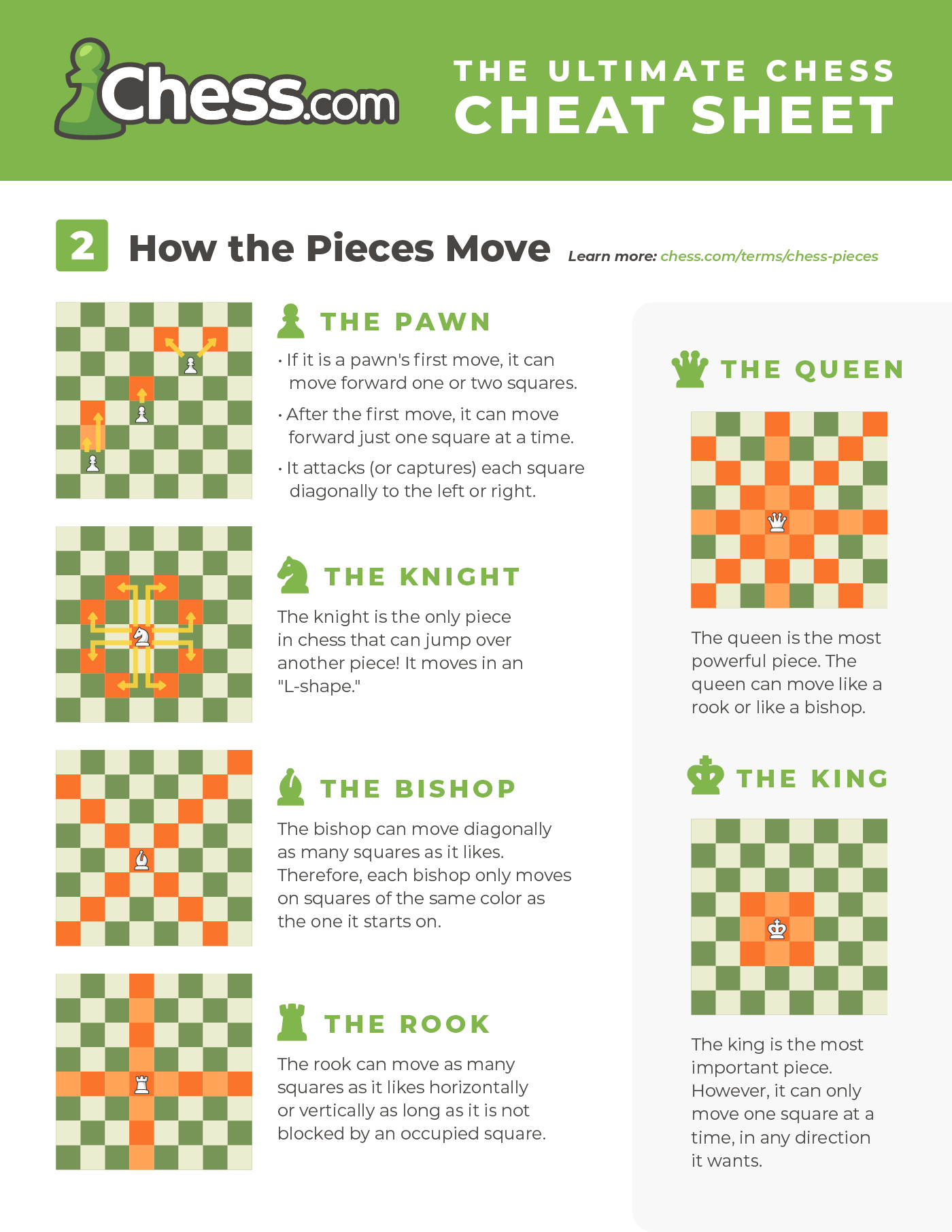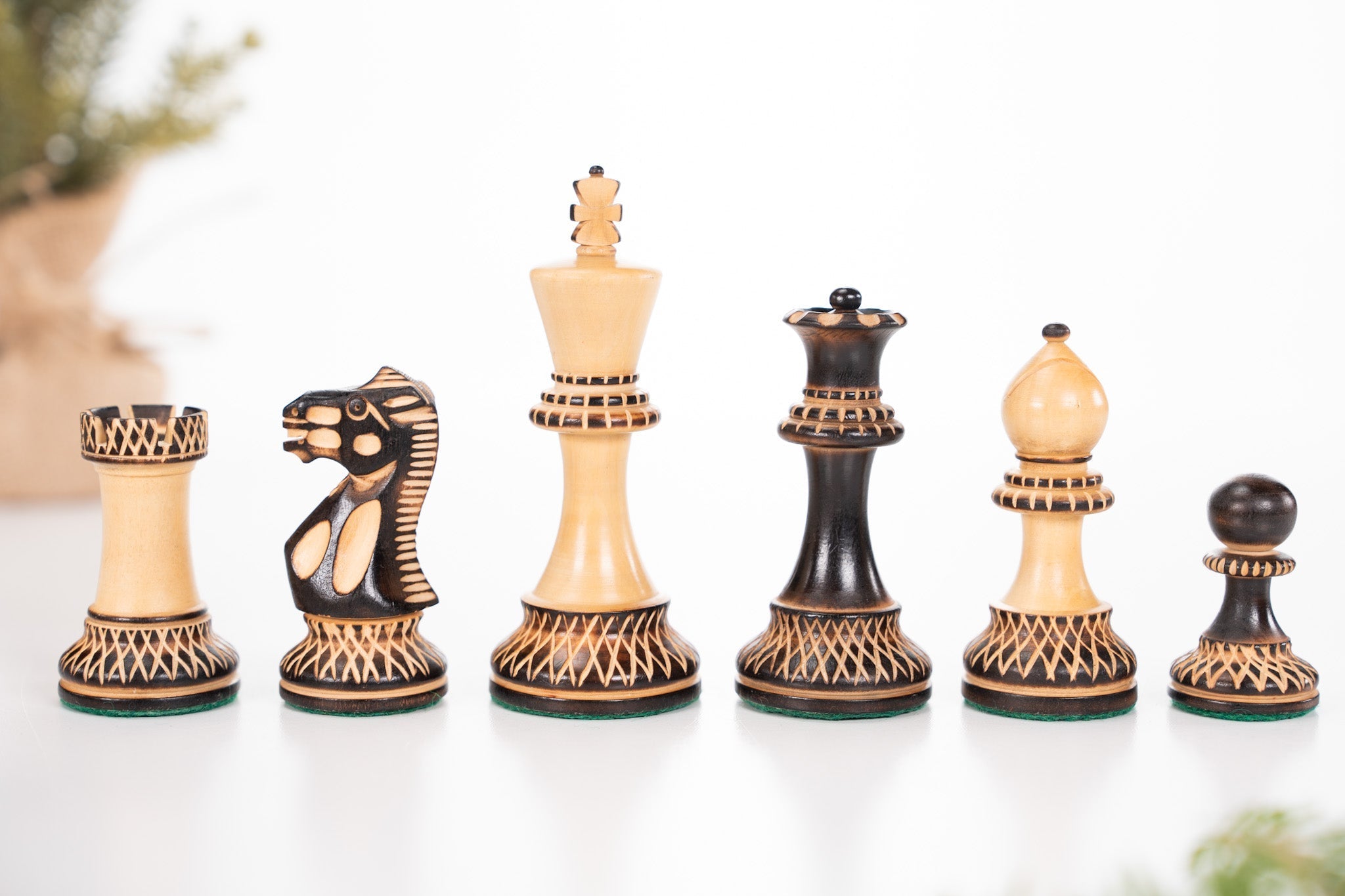Chess is a game of strategy and skill. It has been enjoyed for centuries.
Learning chess might seem difficult at first. But with the right guidance, anyone can understand the basics. This introduction to chess rules is perfect for beginners. You will learn how each piece moves, the goal of the game, and some basic strategies.
By the end, you’ll know enough to play a simple game. Ready to dive into the world of chess? Let’s explore the rules and get started.
Introduction To Chess
Chess is a classic game of strategy and skill. It has been played for centuries by millions of people around the world. This blog post will introduce you to the basics of chess, making it easy for beginners to understand and enjoy the game.
Brief History
The origins of chess date back to around the 6th century. It began in India, where it was known as Chaturanga. The game then spread to Persia and became known as Shatranj. Over time, chess evolved and reached Europe by the 10th century. The modern rules of chess were standardized in the 19th century.
Objective Of The Game
The primary goal in chess is to checkmate your opponent’s king. Checkmate means the king is in a position to be captured, and there is no way to move it out of capture. Each player controls an army of 16 pieces, which include:
- 1 King
- 1 Queen
- 2 Rooks
- 2 Knights
- 2 Bishops
- 8 Pawns
Players take turns moving their pieces on an 8×8 board. Each type of piece moves in a specific way, which you’ll learn in future sections. The game ends with a checkmate, a stalemate, or a draw.
Chess Pieces
Chess is a captivating game. It involves strategy, skill, and foresight. Understanding the chess pieces is essential for beginners. Each piece has unique abilities and roles. Let’s dive into the fascinating world of chess pieces.
Types Of Pieces
There are six types of chess pieces. Each with its own movement rules. These pieces include the King, Queen, Rook, Bishop, Knight, and Pawn.
The King is the most important piece. The game ends if the King is in checkmate. The Queen is the most powerful. It can move in any direction.
Rooks are strong pieces too. They move in straight lines. Bishops move diagonally. Knights have a unique move. They jump in an L-shape. Pawns are the smallest pieces. They have special rules for movement and capturing.
Movement And Capture Rules
Each piece has its own movement pattern. The King moves one square in any direction. The Queen can move any number of squares in any direction. Rooks move horizontally or vertically across the board. Bishops move diagonally over any number of squares.
Knights jump over other pieces. They move two squares in one direction and one square in a perpendicular direction. Pawns move forward one square. They capture diagonally. On their first move, pawns can move two squares forward.
Capturing follows movement rules. A piece captures by moving to an opponent’s square. Pawns have a special capture move called “en passant.” This occurs under specific conditions.
Setting Up The Board
Starting a game of chess begins with setting up the board correctly. Understanding the layout and piece placement is essential. It might seem complex at first, but it is easy to grasp with a bit of practice.
Board Layout
The chessboard consists of 64 squares. These squares alternate between light and dark colors. Each player should have a light-colored square in their bottom-right corner. This is a crucial rule to remember.
Number the rows from 1 to 8 starting from the bottom. The columns are lettered from a to h, from left to right. This grid system helps in identifying the position of each piece.
Piece Placement
Each player starts with 16 pieces. Arrange these pieces in the two rows closest to each player. The first row holds the major pieces: rooks, knights, bishops, queen, and king.
Place the rooks in the corners. Next to them are the knights. Bishops go beside the knights. The queen always goes on her color. The king takes the remaining square.
The second row in front of the major pieces is for pawns. Each player has eight pawns. They are the front line of defense and attack.
With the board properly set up, you are ready to start your chess game. Remember these steps, and setting up will become second nature.
Basic Moves
Chess might seem complex, but understanding the basic moves makes it easier. Each piece has its unique way of moving on the board. Knowing these moves is the first step to playing chess well.
King Moves
The king moves one square in any direction. This includes forward, backward, sideways, and diagonally. The king is the most important piece. If you lose your king, you lose the game.
Queen Moves
The queen can move any number of squares in any direction. This means she can move horizontally, vertically, or diagonally. The queen is the most powerful piece on the board.
Rook Moves
The rook moves in straight lines. It can move any number of squares horizontally or vertically. Rooks are powerful pieces, especially when they work together.
Bishop Moves
The bishop moves diagonally. It can move any number of squares, but only on its color. There are two bishops for each player, one on light squares and one on dark squares.
Knight Moves
The knight moves in an L-shape. This means it moves two squares in one direction and then one square at a right angle. Knights can jump over other pieces, which makes them unique.
Pawn Moves
Pawns move forward one square. They capture pieces diagonally. On their first move, pawns can move two squares forward. Pawns can become any other piece if they reach the opposite side of the board.
Special Moves
Chess has some unique moves that can change the game quickly. These are called special moves. They add excitement and strategy to your play. Understanding these moves can give you an edge over your opponent. Let’s dive into three important special moves: Castling, En Passant, and Pawn Promotion.
Castling
Castling is a special move that involves the king and a rook. It is the only move that allows you to move two pieces at once. The king moves two squares towards a rook. Then, the rook moves next to the king. To castle, certain conditions must be met. The king and rook must not have moved before. No pieces should be between them. The squares the king moves through must not be under attack. Castling helps protect the king and connect the rooks.
En Passant
En Passant is a rare but important pawn move. It can happen when a pawn moves two squares forward from its starting position. If this move puts it next to an opponent’s pawn, the opponent can capture it. The capture must happen immediately after the pawn moves. The capturing pawn moves diagonally to the square behind the moved pawn. This move can only occur under these conditions.
Pawn Promotion
Pawn Promotion is a move that changes the pawn’s role. When a pawn reaches the last row on the opposite side, it can be promoted. It usually becomes a queen, the most powerful piece. But it can also become a knight, rook, or bishop. This move can turn the tide of the game. So, reaching the last row is a significant achievement for a pawn.

Credit: www.pinterest.com
Basic Strategies
Chess is not just about moving pieces. It is about thinking ahead. Understanding basic strategies can make a big difference. This section will cover key strategies for the opening, middle, and endgame.
Opening Strategies
Openings set the stage. Control the center. Move pawns to the center of the board. Develop your pieces early. Knights and bishops should be active. Avoid moving the same piece twice. Don’t bring out your queen too early. Keep your king safe. Consider castling to protect it.
Middle Game Tactics
In the middle game, the action heats up. Look for tactics. Forks, pins, and skewers can win material. Keep your pieces active. Coordinate attacks on your opponent’s weaknesses. Aim to control open files with your rooks. Watch for threats. Protect your pieces. Consider trading to simplify the position.
Endgame Techniques
Endgames are about precision. King activity is crucial. Move your king to the center. Promote pawns to queens. Rook and pawn endings are common. Learn basic checkmates. Master the opposition with your king. Be patient. Every move counts. Simplify the position for an easier win.
Common Mistakes
Chess is a game of strategy and skill. Many beginners make common mistakes. Understanding these mistakes can improve your game. Let’s explore some frequent errors and how to avoid them.
Opening Errors
Many players rush their opening moves. They forget to control the center. Controlling the center is key. It gives you more options. Another mistake is moving the same piece multiple times. This wastes moves. Develop all your pieces instead. Lastly, don’t ignore king safety. Early castling can protect your king.
Tactical Blunders
Tactical blunders can cost the game. Always check for threats before moving. Beginners often overlook forks and pins. These tactics can trap your pieces. Also, don’t move pieces without a plan. Every move should have a purpose. Avoid hanging pieces. Always ensure your pieces are protected.
Endgame Mistakes
The endgame requires precision. Many players forget about pawn promotion. Promote pawns to gain an advantage. Stalemate is another common error. Don’t trap the opponent’s king without a check. Finally, learn basic endgame techniques. Knowing how to checkmate with a king and rook is crucial.

Credit: www.youtube.com
Improving Your Game
Improving your chess game requires practice, learning, and community. Here are tips and resources to help you get better.
Practice Tips
Regular practice is key to getting better at chess. Here are some tips:
- Play daily. Even short games help.
- Analyze your games. Learn from mistakes.
- Focus on your opening moves. They set the tone.
- Practice endgames. Many games are won or lost here.
- Solve puzzles. They improve your tactical skills.
Learning Resources
There are many resources to help you learn chess. Here are a few:
| Resource | Description |
|---|---|
| Books | Books offer in-depth knowledge. Search for beginner-friendly books. |
| Online Courses | Many websites offer courses. Some are free. |
| YouTube Channels | Watch tutorials and game analyses. Visual learning helps. |
| Apps | Apps like Chess.com let you play and learn on the go. |
Joining A Chess Club
Joining a chess club can greatly improve your skills. Here are some benefits:
- Meet other players: Learn from others.
- Play regularly: Clubs often have weekly games.
- Get feedback: Experienced players can offer tips.
- Participate in tournaments: Test your skills in a competitive setting.
- Build a community: Make friends with similar interests.
Look for local chess clubs or online communities. Both can offer valuable practice and support.

Credit: www.chess.com
Conclusion
Learning chess can be fun and rewarding. Simple rules help you start. Remember, practice improves your skills. Keep playing and enjoy the game. Chess teaches strategy and patience. Every move counts. Play with friends or online. Stay curious and keep learning.
Soon, you’ll understand more and enjoy it even more. Happy playing!







